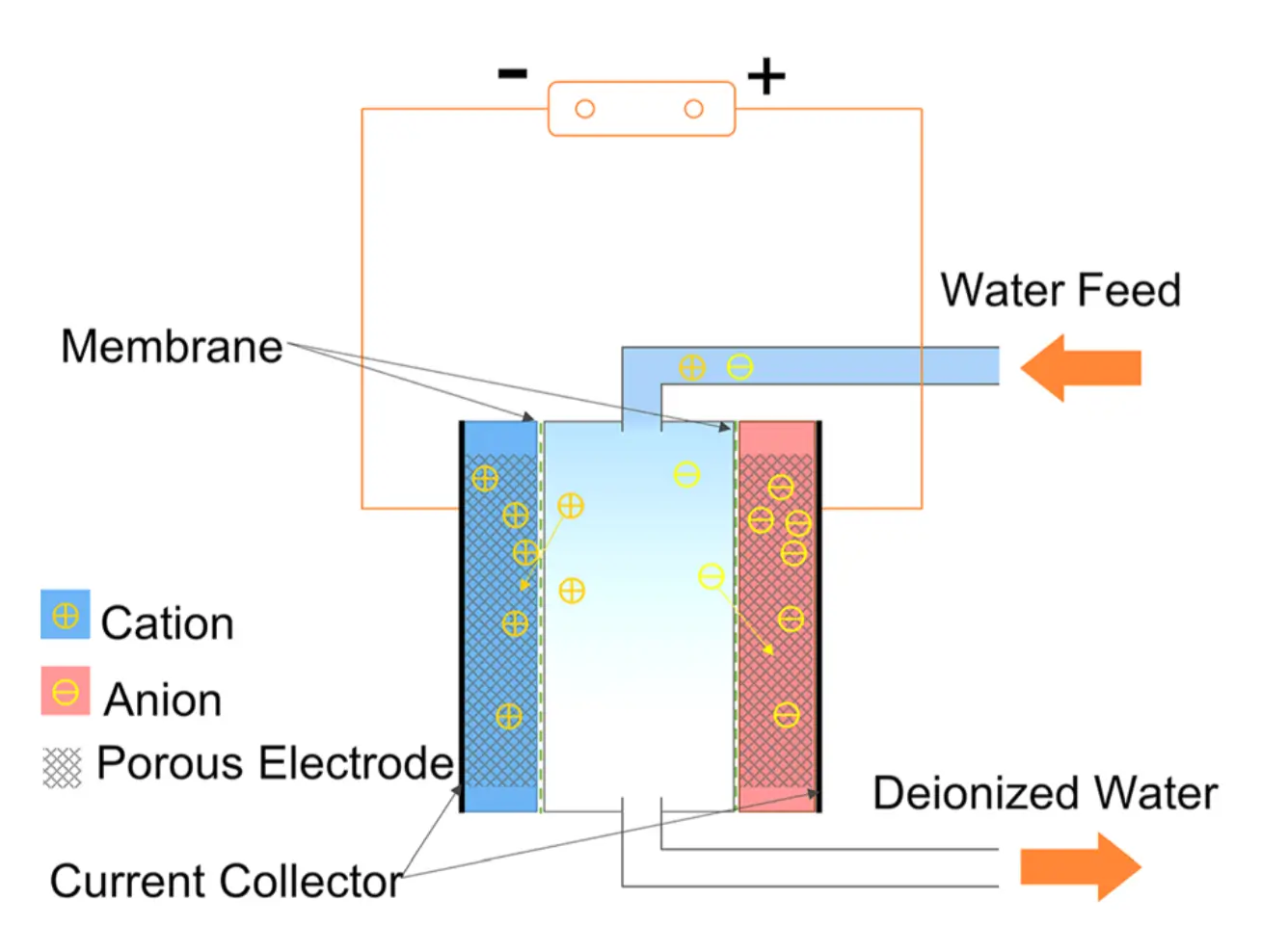Water is the most essential part of our lifestyle, and getting the best quality water is vital. The mineral water which we drink is not as good as we want. A parameter known as TDS is set to maintain the quality of water. But do you know what is tds for drinking water?
This blog will provide you with complete information related to TDS.
What is TDS?
TDS stands for total dissolved solid. This refers to the organic and inorganic material dissolved in an amount of water. TDS is essential for measuring the soluble particles in water, except the molecules of water (H2O). The TDS level helps us know how much of the total dissolved solids are present in water.
How is TDS drinking water essential?
Water is a universal solvent and it easily dissolves the particles quickly and picks up the impurities. TDS consists of different materials from various sources of water like natural sources, industrial water, chemical fertilizers and more.
As such there are no health hazards of TDS in water but high levels can create a difference in its taste and smell. The TDS level of drinking water depends on the amount of dissolved solids water has.
What are the effects of TDS?
Whether or not the TDS is healthy for our body shall be determined by the sort of salts and compounds that are released in it. There are multiple types of sales, minerals and organic compounds which are present in TDS.
Some of these minerals shall be good for our body, but the majority of them are hazardous for our health. If the TDS levels are high, it can lead to a change in the taste and odor of water and make it unpleasant.
The calcium and magnesium salts in the high TDS can lead to increase in the water hardness.
What is the best TDS level for drinking water?

TDS level helps us to know whether the water is fit for drinking or requires filtration or containment. The measurement used for measuring TDS level in water is PPM (Parts Per Million).
Here is a chart that helps you to know the best TDS level for Drinking water:
|
TDS in water (measured in PPM) |
Suitability for Drinking water |
|
Between 50-150 |
Excellent for drinking |
|
150-250 |
Good |
|
250-300 |
Fair |
|
300-500 |
Poor, not suitable for drinking |
|
Above 1200 |
Unacceptable |
The minimum TDS for drinking water should be between 150-250 PPm—water with less than this TDS level needs urgent filtration.
How to improve TDS level in water?
There are various ways in which we can improve the poor TDS level and make it fit for drinking:
Reverse osmosis

In this process, the TDS level is lowered by pushing the water through an artificial membrane using pressure. This membrane has holes of 0.0001 micrometers, which only passes water through the membrane as the particles of salt and metal are more significant than the molecules of water.
Distillation

In this method, water is boiled to create water vapor, and when this vapor goes up to a cool surface, it changes to liquid. The salts present in the water can’t be evaporated, so they settle in the boiling water.
Deionization

In this process, the water first goes through the RO unit to remove the non-organic substance. Here, the water moves through positive and negative electrodes, and special membranes are used to separate ions from the electrode.
How do purifiers maintain the TDS level?
Water purifiers use a combination of RO and UV/UF with a TDS controller to maintain the level of TDS. The combination of these different technologies helps remove chemical and physical impurities from the water and makes it suitable for drinking.
Servicing purifiers at certain periods helps maintain the water purifier's TDS level longer.
Why should one measure TDS level?
TDS level should be measured to maintain the quality of water. Some of the main reasons for one to measure TDS level include the following:
Taste
The elevated level of TDS can affect the taste and smell of water, which can make water not acceptable to drink.
Health
There are no such health hazards, but high levels of lead and copper in water can make you ill.
Cooking
A high level of TDS not only changes the taste of water but also affects the food cooked in this water.
How can one test TDS of drinking water?
To check the TDS level of drinking water, some parameters are as follows:
-
TDS meter
-
Filter Paper & scale
These two are the most common and popular parameters used to test the level of TDS in drinking water at home.
Conclusion
It is essential to maintain the TDS level of drinking water. High amounts of TDS can’t create hazardous health effects, but they can change the taste and smell of the water. The standard equipment used to check the TDS level is a TDS meter.
The measurement of TDS is PPM, and the best TDS range for drinking water is between 50 and 150 PPM. So, what are you waiting for?
Did we mention that You can get an expert installation, service, and maintenance of a RO Purifier with expert help from Aqua Drink and get yourself clean drinking water? Get the TDS level of drinking water tested and get safe drinking water!

 Call Us Now
Call Us Now